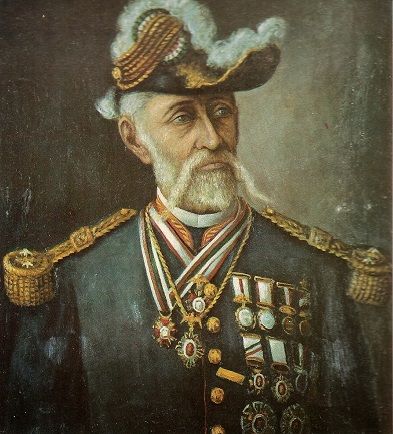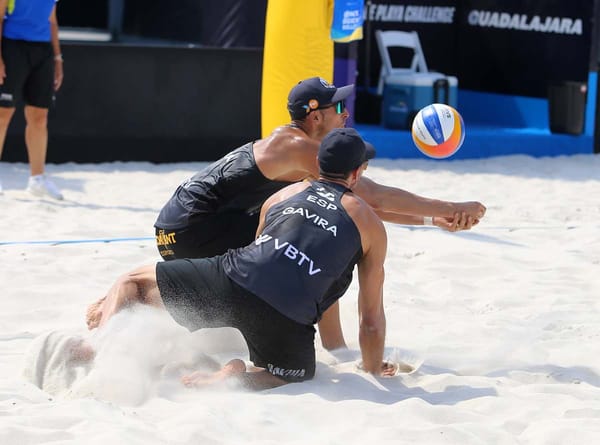Felipe Berriozábal, Mexican engineer, military and politician
Felipe Berriozábal, Mexican engineer, military, and politician, originally from Zacatecas, participated with Ignacio Zaragoza in the Battle of May 5, 1862, in Puebla.

General Felipe Berriozábal was a liberal military man born on August 23, 1829, in Zacatecas, he belonged to a humble family and was orphaned at a very early age. He entered the National School of Engineers in Mexico City, but his studies were interrupted due to the North American Intervention in 1847.
He joined the troops that defended the National Sovereignty as Lieutenant of Engineers under the orders of General José Joaquín de Herrera and participated in the war actions against the invading army in the Valley of Mexico.
When the war ended, he graduated in 1849 as an engineer and worked in the rectification of the plans of Mexico City and Tlaxcala, in the draining of the Lerma River, in projects to avoid floods in Toluca due to the waters of the Nevado and fixed the territorial limit between the states of Mexico and Michoacán.
Since his youth, he had liberal ideals and supported the Revolution of Ayutla in 1854 under the orders of General Plutarco González, in this armed movement he was appointed Commander of the district of Toluca, where he participated in the occupation of that Plaza. In 1856 he was appointed Captain of Engineers of the National Guard of the State of Mexico and shortly after he was promoted to Lieutenant Colonel for his merits in Campaign.
He fought in the Reform War in 1857, Brigadier General Santos Degollado appointed him Colonel of the Auxiliary Cavalry of the Army, later, he was placed under the command of General Leandro Valle and fought against the conservative troops in the Battle of Salamanca, Guanajuato.
He took part in the battles of Temascaltepec, the State of Mexico, Tacubaya, and in the defense of Toluca in which he suffered a head wound and was taken prisoner by General Miguel Miramón, he recovered his freedom with the conservative defeat during the battle of Calpulalpan.
In 1860, he was promoted to Brigadier General and appointed Governor and Military Commander of the State of Mexico. In 1859, he was granted the political and military command of the state of Guanajuato and was again appointed governor of the state of Mexico, until he joined the troops of the National Army due to the Second French Intervention from 1862 to 1867.
He participated in the battle of Cumbres de Acultzingo and was Commander of the 1st. Brigade of Infantry of the Eastern Army on May 5, 1862, he received the order from General Ignacio Zaragoza to defend the forts of Loreto and Guadalupe during the Battle of Puebla, reinforced the forces of General Miguel Negrete, and resisted the advance of the French army.
At the end of the war, during the government of President Benito Juárez, he held the position of Minister of War and Navy, he was also Military Commander and Governor of the state of Michoacán and Veracruz, Military Commander of Tamaulipas, Nuevo León, Minister of the Interior, as well as Governor of the state of Mexico.
During the presidency of General Porfirio Diaz, he also served as Minister of War and Navy until the day of his death on January 9, 1900, in Mexico City. His remains were placed in the Rotunda of Illustrious Persons.




